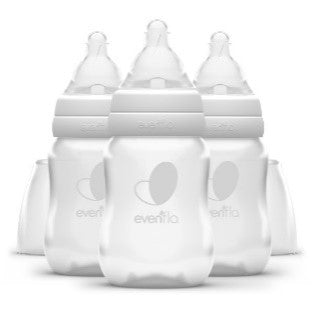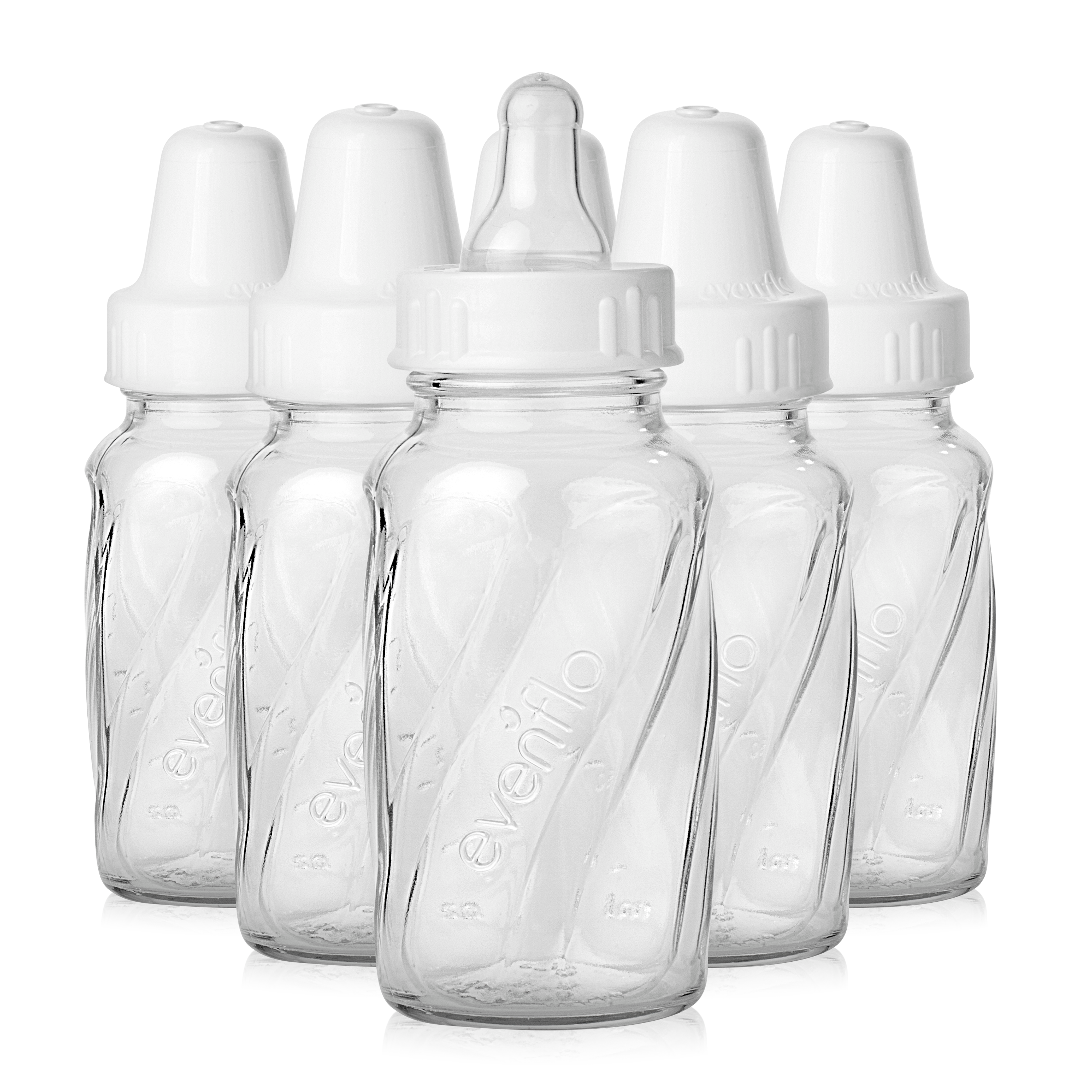
When is the Best Time to Pump?

When is the best time to pump is one of the most common questions I am asked during consults. The answer is not one-size fits all. When to pump will depend on why you are pumping. Let’s look at three common reasons for pumping, and the suggested timeline for each.
Engorged Breasts
Expressing milk can help relieve engorgement IF the engorgement is caused by a surplus of milk in the breast, such as when your baby sleeps longer at night. Engorgement can make it difficult for your baby to latch. It also sends a signal to your body to make less milk, so you want to keep your milk moving by pumping or feeding your baby. Go ahead and pump to protect your milk supply if your baby will not be emptying your breasts soon. If your baby is available for feeding, you still may benefit from pumping a bit prior to feeding to soften your breasts, making it easier for your baby to latch.
Baby Will Miss a Feeding
The reasons a baby might not feed directly at the breast vary from a NICU stay to childcare, and many reasons in between. It is important to express milk any time your baby is away from the breast for a feeding. Milk removal and nipple stimulation tell your body to keep making milk. Pumping also allows you to collect the milk your baby would have eaten, which you can save for another feeding.
Collecting Milk Between Feedings
When to pump is a little trickier if your baby is breastfeeding for each feeding. Pumping right after feeding will yield very little milk, while pumping too close to the next feeding may decrease your baby’s next meal. Try pumping 45-60 minutes after your baby breastfeeds for about 10 minutes. This gives you a buffer of time on each side of pumping.
Keep in mind that pumping between feedings will yield a smaller amount of milk than pumping for a missed feeding. This often comes as a surprise, but it is normal. You can combine milk from several shorter pumping sessions to build a bottle for a full feeding. Learn more about combining milk from different pumping sessions.








